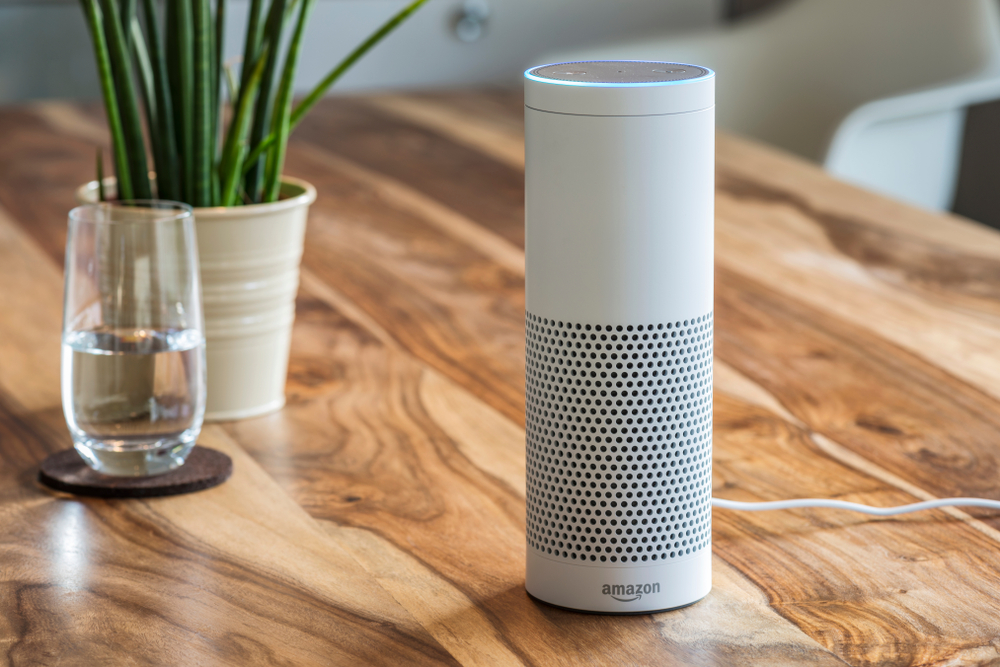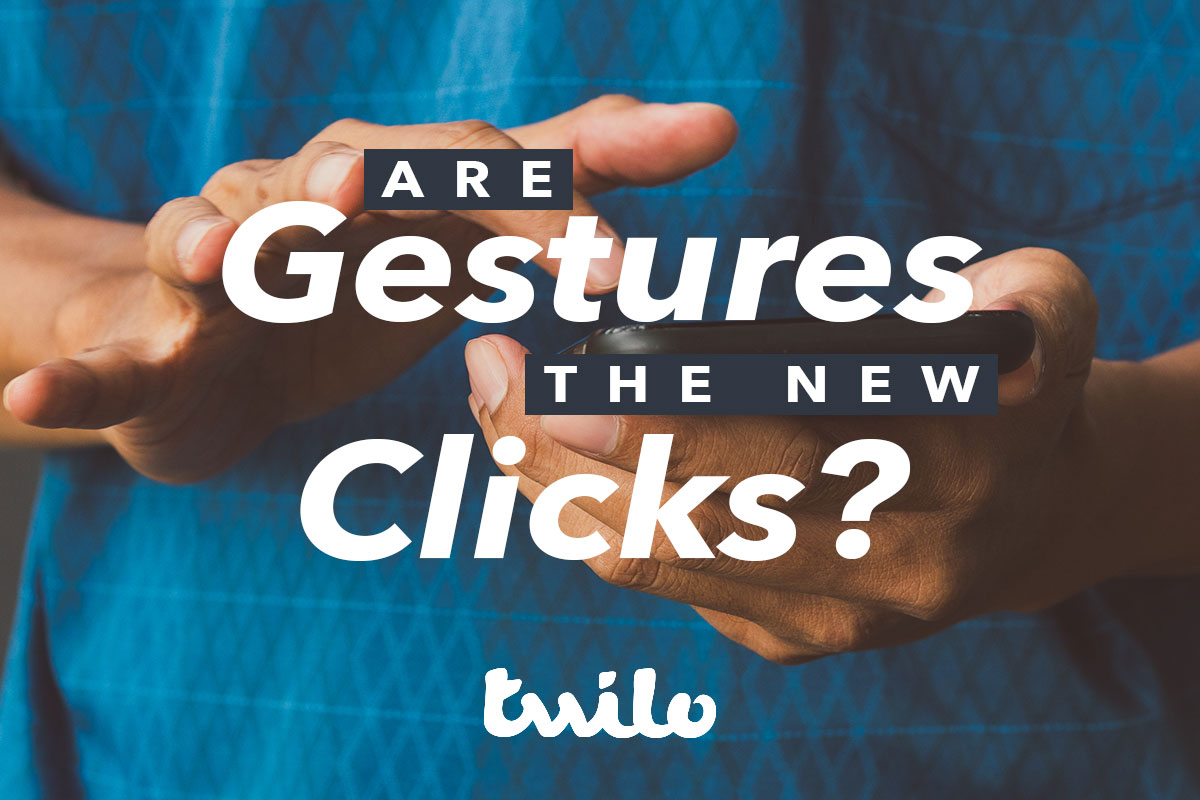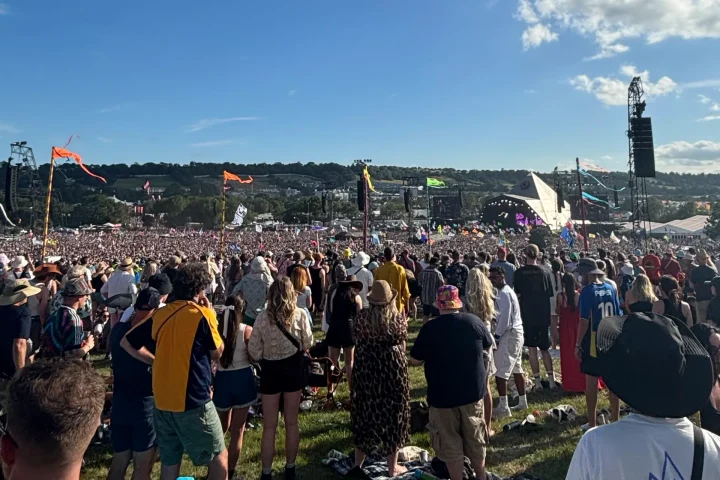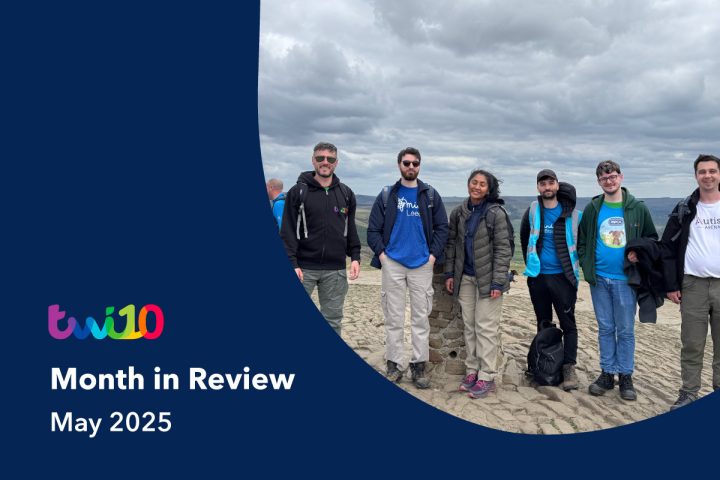The exciting world of modern website navigation.
A brief history of website navigation
Cast your mind back to the days when your PC still had a CD-ROM drive, a chunky CRT monitor, and a mouse with no scroll wheel… In these early days of the internet, scrolling websites were frowned upon. Most web designers tried to take scrolling out of the equation by creating sites that always fit on screen (800x600px at the time!). Content was divided up into small chunks and split across multiple pages, with menus being the important link between them. The idea behind this was that clicking a link to go from page to page was much easier than moving the cursor over to the left hand scrollbar, and either clicking or manually dragging the page down so you could continue reading.

Traditional website layouts and navigation were developed in this time, important text menu links across the top of the page, perhaps a sidebar with a more in depth menu with extra content; these were born more from necessity than actual design choices.
The gesture revolution
Scroll wheels started becoming popular on mice in the mid to late 1990’s, but with laptops still without a scrolling option, websites continued to be designed to the traditional formula, but the revolution was coming. In the mid 2000’s laptop manufacturers developed two-finger scrolling trackpads, and with the invent of smartphones, and tablets shortly after, gesture control was born.
As the world quickly adapted to the gesture control on these new devices, suddenly it was no longer necessary to break up content into small, screen sized chunks. Scrolling freedom allowed web designers to experiment with new longer page layouts, content started being split into stacked vertical rows rather than additional pages, and sidebar sub-menus became less relevant.

Infinite Scroll
In September 2011 Facebook Timeline was released. The groundbreaking technique used here was dubbed ‘infinite scroll’ and allowed users to simply keep scrolling and more and more content continues to load and be shown on screen. Infinite scroll had an addictive effect on users, known as the web’s slot machine. Natural human curiosity drives this activity, nothing holds our attention like the unknown. What’s coming next… You want to keep scrolling don’t you…
Navigation today and in the future
Today, one page websites have increased in popularity, along with pages where your only click option could be a button to submit your data. These layouts can work great in particular situations, however when you have a large amount of content that can be simply categorised, it soon starts to make more sense to divide this up. Gesture control has its place in modern website design, it’s great for repeating content, like products, articles, and news feeds. For the moment though, the text menu is still the most popular way to navigate larger websites, whether this is in a traditional menu bar across the top of the page, or a fancy full screen overlay menu triggered by a menu icon.

How long this survives as the standard remains to be seen, voice control is becoming more prevalent in modern day technology, it will be interesting to see if this translates to website navigation, but for now at least mouse clicks are here to stay.




